As I got on to the FB Mondial, it reminded me somewhat of the Husqvarna Vitpilen, which I had got a chance to sit on during EICMA 2016. But the HPS 300’s compact design leaves little room and the rider’s geometry isn’t that comfortable either. The straight handlebar and flat seat make the upper body upright in comparison to the pegs’ position that are way too sporty. The rear-sets are so far back that the rider’s heels touch the passenger’s foot-rests. This makes the bike best suited for short city rides.
The engine, on the other hand, contradicts this with its tall gearing. This Piaggio-sourced unit churns out 22.8 PS and 22 Nm and comes with a six-speed gearbox. One has to rev the single beyond 6,000 rpm to really get the juices flowing. You desire more low-end power while riding in traffic, but the gearing offers a stronger top end instead. If the gearing were shorter, then this would probably have been a fun city runabout. During our test in third gear, it took a whole 5.54 seconds to go from 30 km/h to 70 km/h, which is about a couple of seconds slower than something like the TVS Apache RR 310.
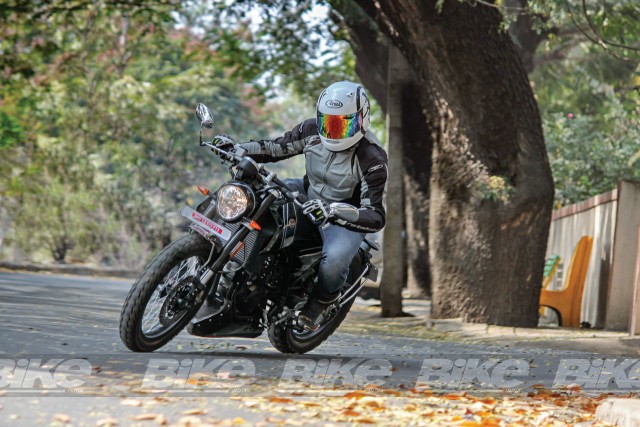
As the HPS 300 gathers speed, you can feel some vibrations creeping in, but those do not leave your fingers tingling in discomfort. The hipster sprints from 0-60 km/h in a respectable 3.83 seconds and takes three more seconds to reach 80 km/h, beyond which the thrust fizzles out as it takes 10.10 seconds to hit the ton. The engine maxes out at a true speed of 131.56 km/h (indicated 141 km/h on the speedometer) and takes 17.24 seconds to reach the quarter-mile mark, doing just 119.80 km/h.
The 280-mm front disc with a radial four-piston caliper offers good bite, while the 218-mm rear disc has a wooden feel. Thankfully, the brakes come with ABS as part of standard equipment using which brings the HPS 300 to halt from 80 km/h to zero in an impressive 2.73 seconds. The tyre grip at city speed on dry roads is decent but as the bike inches towards three-digit speeds, the confidence begins to dip gradually. The knobby tyre tread and the large front and small rear wheel combination could be blamed for this.
This combination also has an impact on the bike’s handling to a certain extent. While the firmly set up 41-mm USD fork and gas-filled rear shocks make the bike reasonably flickable to avoid potholes, it doesn’t feel as natural while negotiating a set of high-speed corners. The suspension set-up is firm, which doesn’t make it very plush on our roads. You can have a brave-heart pillion sitting behind but the rear seat isn’t very practical, plus there’s limited room for their feet and no grab-rails to hold on to.
This really limits the use of the bike, making it apt for leisurely solo rides to the nearby café. And for an occasional ride, it demands a premium price. You could get an Indian-made Royal Enfield café racer with twice the number of cylinders and cubic capacity and still have money left in the bank. But if exclusivity is your aim, then do walk into any one of the six Motoroyale dealerships.

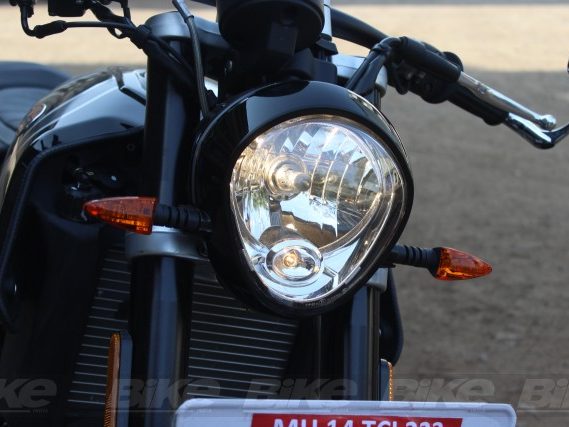
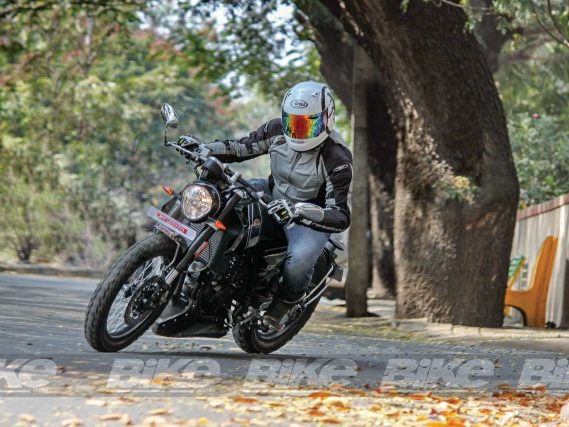
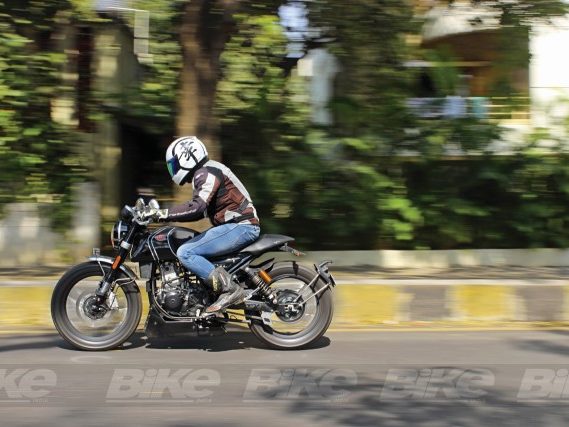
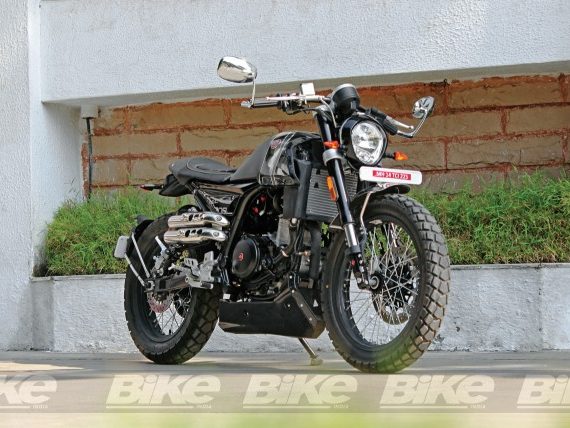
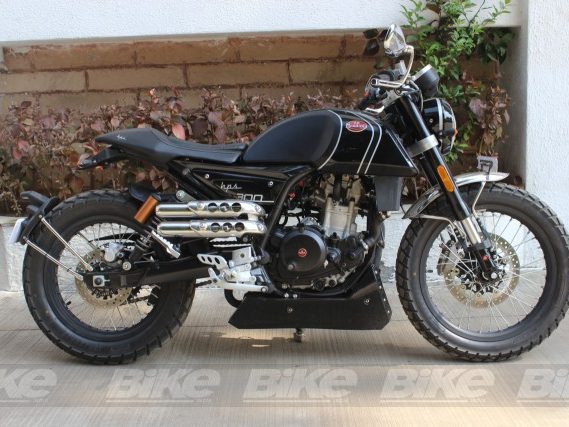
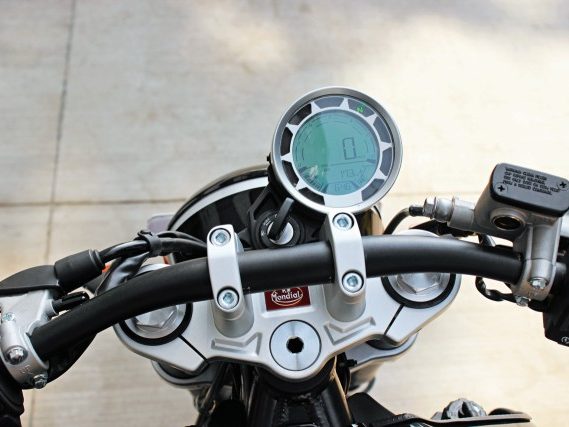
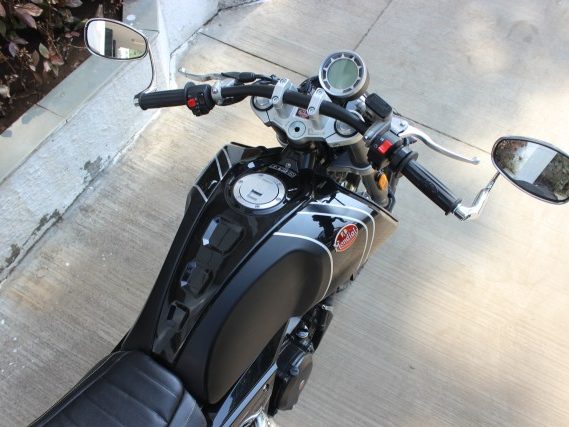
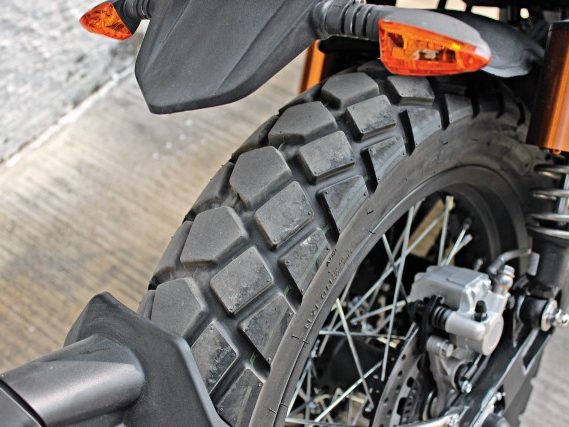
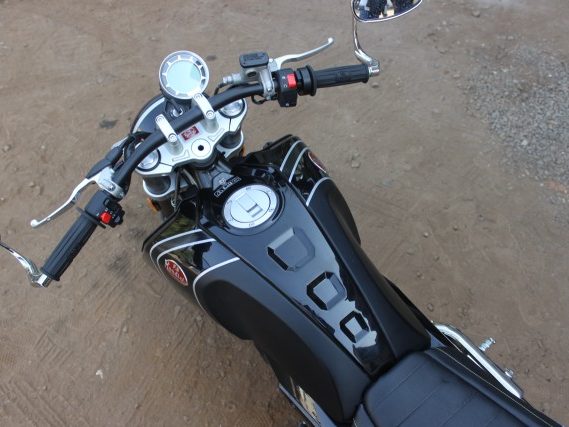
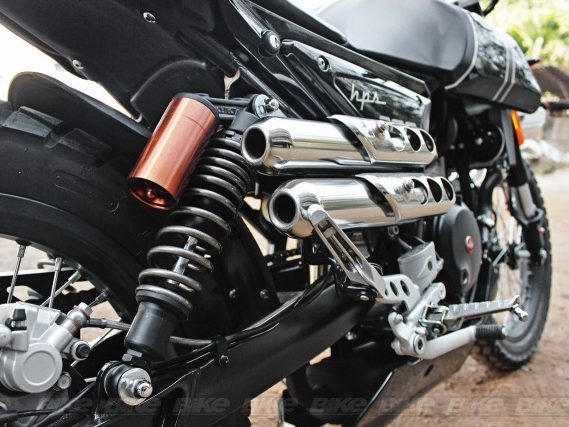
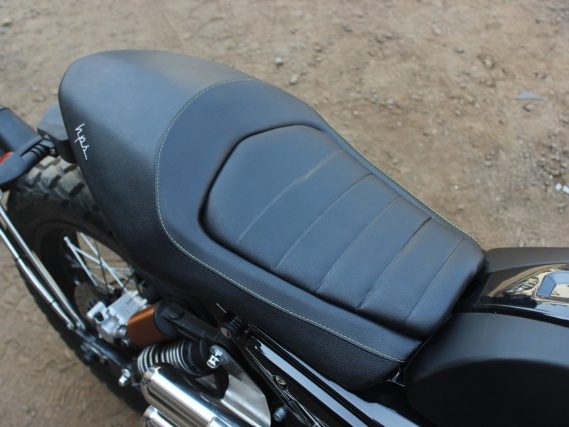
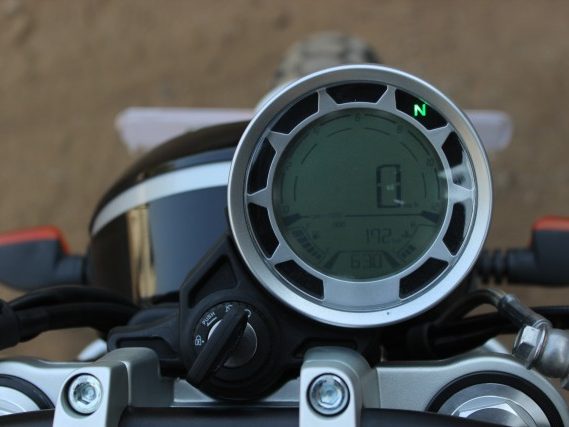
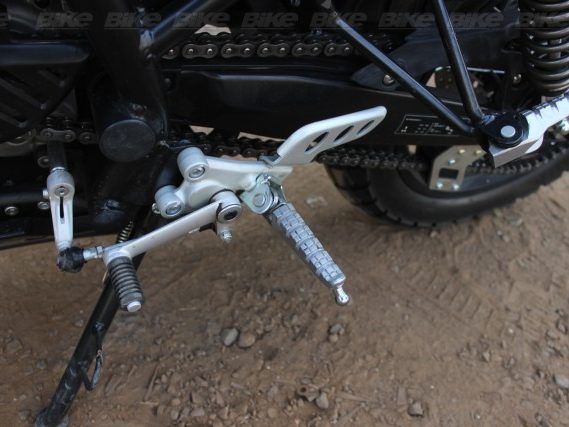
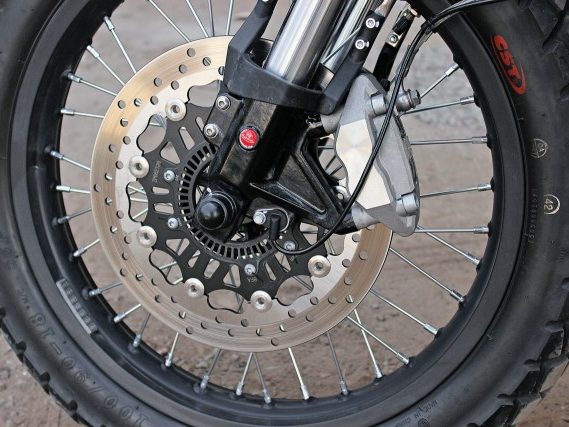
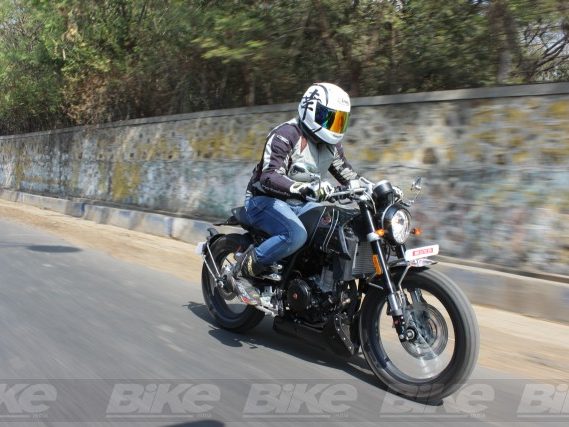

Leave a Reply